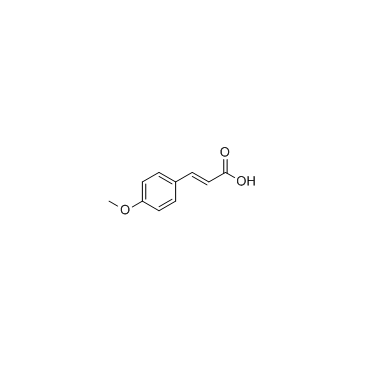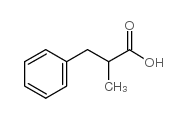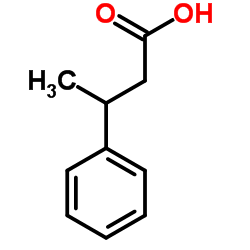| Structure | Name/CAS No. | Articles |
|---|---|---|
 |
(E)-3-(4-Methoxyphenyl)acrylic acid
CAS:943-89-5 |
|
 |
4-Methoxycinnamic acid
CAS:830-09-1 |
|
 |
2-Benzylpropionic acid
CAS:1009-67-2 |
|
 |
3-Phenylbutyric acid
CAS:4593-90-2 |